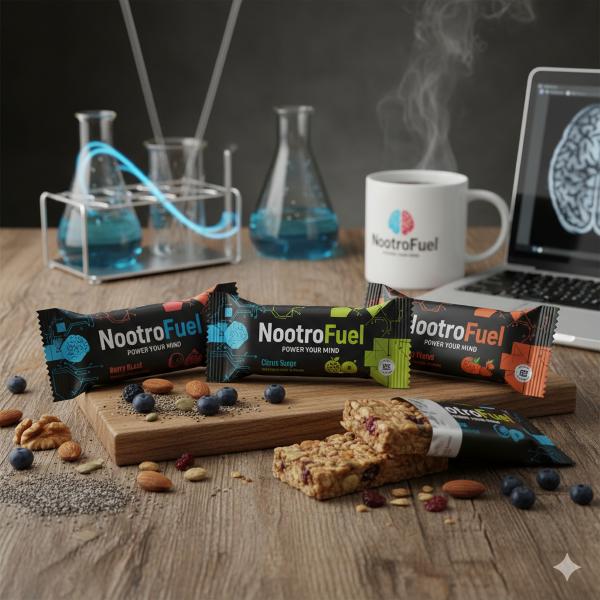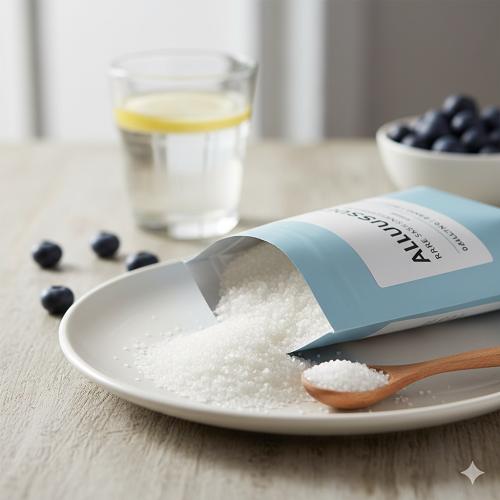Summary
Dr. David Kessler, a physician, lawyer, and former Commissioner of the U.S. Food and Drug Administration (FDA), has filed a Citizens Petition to the FDA aimed at redefining how certain processed foods are classified. The petition, submitted to current FDA leadership, urges the agency to revoke the …
Source: NYC Food Policy Center

AI News Q&A (Free Content)
Q1: What is the GRAS designation, and how does it impact food safety regulations in the U.S.?
A1: The GRAS (Generally Recognized as Safe) designation by the U.S. FDA indicates that a chemical or substance added to food is considered safe by experts under its intended use conditions. This designation exempts the ingredient from the usual Federal Food, Drug, and Cosmetic Act food additive tolerance requirements. This means that some substances, such as ascorbic acid and citric acid, can be used in food products without the need for additional testing by the FDA, potentially creating gaps in safety reassessment over time.
Q2: How does the Citizens Petition filed by Dr. David Kessler aim to redefine processed food classification by the FDA?
A2: Dr. David Kessler's Citizens Petition to the FDA seeks to redefine how certain processed foods are classified by urging the agency to revoke the automatic GRAS status for some ingredients. This move could lead to stricter regulations and reassessment of food additives that currently bypass comprehensive safety reviews, ensuring that food safety standards keep pace with modern scientific understanding.
Q3: What are the potential health impacts of synthetic food ingredients, according to recent research?
A3: Recent research suggests that synthetic food ingredients can have various health implications, including potential allergic reactions and long-term health effects. Studies indicate the need for ongoing evaluation of these ingredients' safety, especially as new synthetic compounds are developed and used in the food industry. The lack of systematic reevaluation by regulatory bodies like the FDA may leave consumers vulnerable to risks associated with these substances.
Q4: How does the application of blockchain technology enhance food safety in the supply chain?
A4: Blockchain technology enhances food safety by providing a tamper-proof, transparent, and traceable record of the food supply chain from farm to fork. By integrating blockchain with IoT, stakeholders can ensure the authenticity of food products and quickly trace contamination sources, reducing food safety risks and ensuring compliance with safety standards. This technology also addresses inefficiencies in the supply chain, promoting fair competition and better quality control.
Q5: What role does precision fermentation play in food production innovation, and what are the challenges it faces?
A5: Precision fermentation is revolutionizing global food production by using microbial cell factories to produce value-added ingredients. Despite its potential, challenges such as technological and scalability bottlenecks, regulatory fragmentation, and consumer acceptance hinder its widespread adoption. Addressing these challenges requires advancements in synthetic biology and bioengineering practices, alongside policy initiatives to ensure equitable access to this technology.
Q6: What insights can be derived from the comprehensive European Food Safety database regarding food safety trends?
A6: The comprehensive European Food Safety database, with data from over 15.2 million samples, reveals significant insights into food safety trends across Europe. It highlights the potential of AI in predicting hazards and supporting early warning systems. The database underscores the importance of collaboration among EU member states to maintain high safety standards and adapt to emerging food safety challenges.
Q7: How might software advancements impact compliance with food safety regulations?
A7: Software advancements, such as those utilizing large language models (LLMs), can significantly enhance compliance with food safety regulations by classifying and interpreting regulatory provisions more effectively. These technologies bridge the gap between traditional regulations and modern systems, improving accuracy and efficiency in ensuring food safety compliance across different jurisdictions.
References:
- Generally recognized as safe - https://en.wikipedia.org/wiki/Generally_recognized_as_safe
- Application of Blockchain and Internet of Things to Ensure Tamper-Proof Data Availability for Food Safety - https://arxiv.org/abs/2006.00101
- Intersecting precision fermentation for global cell-based food production innovation: Challenges and opportunities - https://arxiv.org/abs/2509.00316
- Food safety trends across Europe: insights from the 392-million-entry CompreHensive European Food Safety (CHEFS) database - https://arxiv.org/abs/2509.005
- An Empirical Study on LLM-based Classification of Requirements-related Provisions in Food-safety Regulations - https://arxiv.org/abs/2501.0024
- Food additive - https://en.wikipedia.org/wiki/Food_additive





